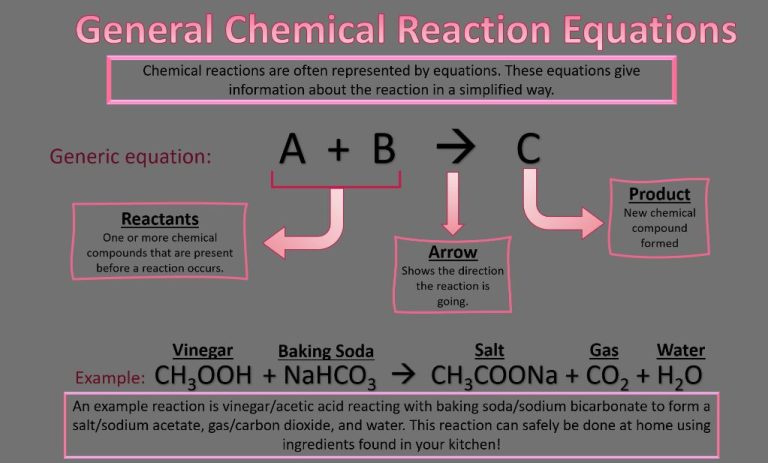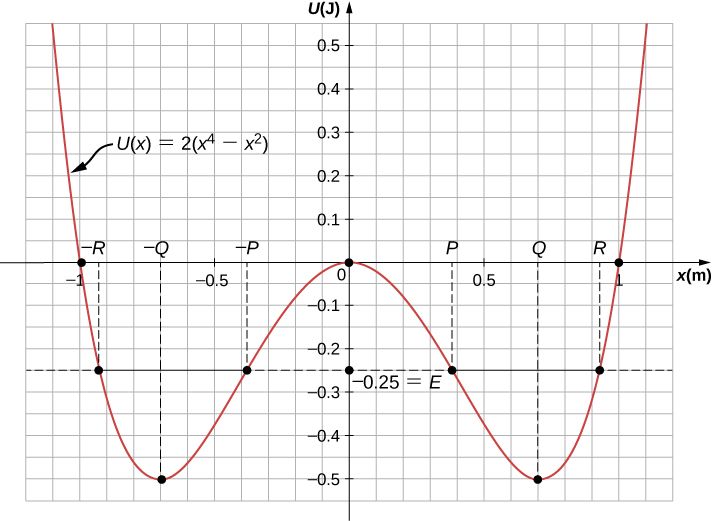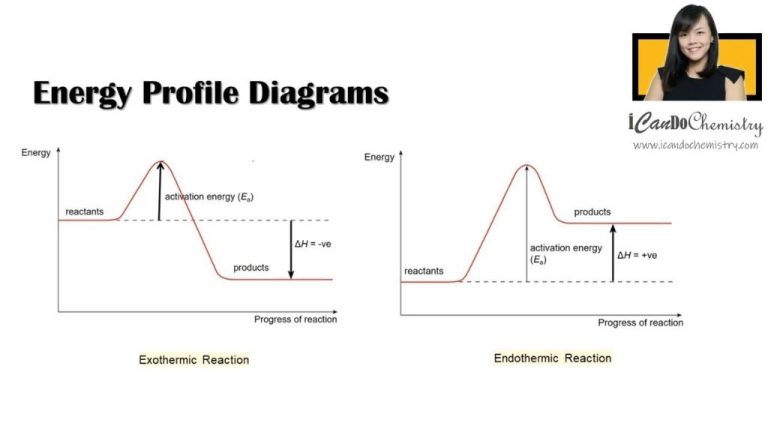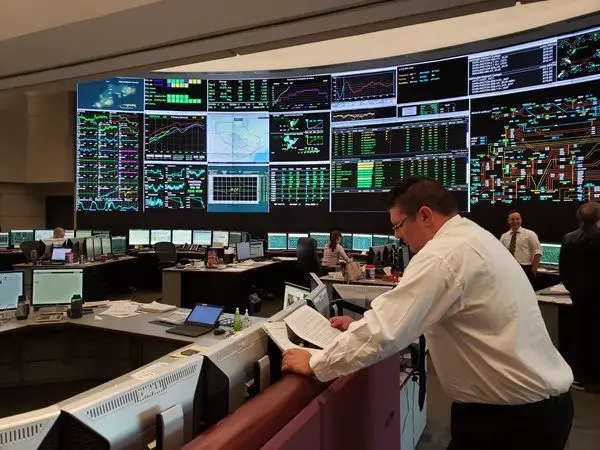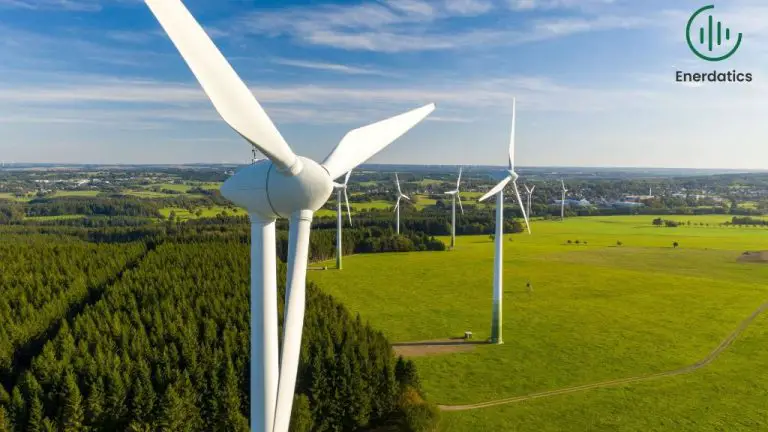What Does Kinetic Mean In Science For Kids?
Kinetic energy is the energy of motion. Whenever an object is moving, it possesses kinetic energy. The faster the object moves, the more kinetic energy it has. Kinetic energy applies to many different things in the physical world. For example, a ball rolling down a hill has kinetic energy because it is moving. Similarly, ocean waves have kinetic energy because water particles are moving up and down as the waves pass by.
For kids, kinetic energy is an important scientific concept to understand. Seeing examples of kinetic energy all around us, like balls, vehicles, and people moving, can help make the idea more concrete. Knowing about kinetic energy can also help explain how many everyday objects and systems work, from rollercoasters to wind turbines. Understanding kinetic vs potential energy is also useful. Learning about kinetic energy provides kids with a practical introduction to physics and motion.
Examples of Kinetic Energy
Kinetic energy is the energy of motion. Some common examples of kinetic energy that kids can easily observe include:
- A ball rolling across the ground
- A person running or walking
- A bicycle moving down the street
- A car driving on the road
- A plane flying through the air
- A waterfall crashing down
- Waves moving in the ocean
- Wind blowing leaves on trees
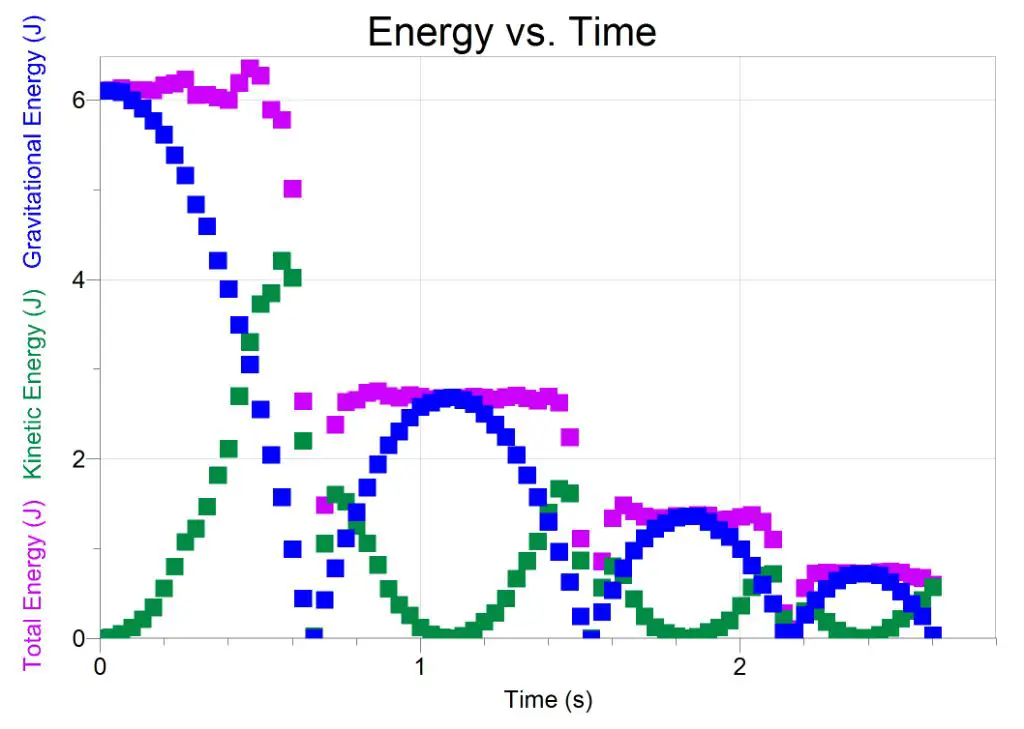
Anything that is in motion has kinetic energy. The faster or heavier an object is, the more kinetic energy it has. Kids can explore kinetic energy just by observing the world around them – from balls bouncing to vehicles driving to people walking. Understanding kinetic energy helps explain how motion works in our everyday lives.
Potential vs Kinetic Energy
Potential energy and kinetic energy are two forms of mechanical energy. Potential energy is stored energy that an object has because of its position or state. For example, a ball held up in the air has potential energy due to gravity. Kinetic energy is energy an object has because of its motion. For example, when you drop the ball, gravity accelerates it and it gains kinetic energy.
Potential energy can be thought of as energy that is “waiting” to be used. For example, water held behind a dam has potential energy that can be converted to electricity as it flows through a hydroelectric turbine. Kinetic energy is actively being used. A moving car or bicycle has kinetic energy.
The key difference is that potential energy describes energy based on an object’s position, while kinetic energy describes energy based on motion. Potential is stored, while kinetic is in motion. Understanding the difference between potential and kinetic energy is important in physics and engineering.
Calculating Kinetic Energy
The kinetic energy (KE) of an object can be calculated using the formula:
KE = 1/2 x m x v2
Where:
m = mass of the object (in kg)
v = velocity of the object (in m/s)
This formula shows that the kinetic energy of an object depends on two variables – its mass and its velocity. The faster an object moves, the more kinetic energy it has. Doubling the velocity quadruples the kinetic energy. This is why the velocity is squared in the formula.
Let’s look at some examples of using this formula to calculate kinetic energy:
A baseball with a mass of 0.15 kg traveling at 30 m/s has a kinetic energy of:
KE = (1/2) x 0.15 kg x (30 m/s)2
= (1/2) x 0.15 x 900
= 67.5 J
A bicycle with mass 12 kg moving at 5 m/s has a kinetic energy of:
KE = (1/2) x 12 kg x (5 m/s)2
= (1/2) x 12 x 25
= 150 J
As you can see, even though the baseball’s velocity is higher, the heavier bicycle has more kinetic energy at a slower speed. This demonstrates how an object’s mass and velocity both contribute to its kinetic energy.
Kinetic Energy Units
Kinetic energy is measured in units called joules. A joule is a unit of energy defined as the amount of work done when a force of one newton acts across a distance of one meter. In simpler terms, a joule quantifies the amount of energy something possesses due to motion.
For example, a 1 kg object moving at 1 m/s has a kinetic energy of 0.5 joules. Doubling its speed to 2 m/s makes its kinetic energy 2 joules. The faster an object moves, the more kinetic energy it has. Scientists and engineers measure kinetic energy in joules to precisely calculate how motion translates into usable energy.
Forms of Kinetic Energy
There are several common forms that kinetic energy takes:
Radiant Energy – This is electromagnetic energy that travels in transverse waves, like light, radio waves, and microwaves. It is the energy emitted from the sun that allows plants to grow. Light bulbs converting electrical energy into radiant energy is another example.
Thermal Energy – Also known as heat energy, thermal energy relates to the movement of atoms and molecules in substances. As an object is heated up, its atoms and molecules move and vibrate faster, increasing its thermal energy.
Sound Energy – This is energy transmitted by pressure waves through substances like air and water. As an object vibrates, it causes molecules in the surrounding medium to vibrate, creating alternating patterns of low and high pressure known as sound waves.
Electrical Energy – This involves the movement of electrons, which have a negative charge. It includes static electricity from built up charges, the flow of electricity through wires, and lightning bolts transferring charge differences between clouds and the ground.
Mechanical Energy – The energy of macroscopic objects moving and interacting physically. Examples are a rolling bowling ball, a moving car, or a vibrating guitar string.
Kinetic Energy Transfer
Kinetic energy can transfer between objects through collisions. When two objects collide, the kinetic energy from one object can transfer to the other object. For example, when a moving ball hits a stationary ball, the moving ball transfers some of its kinetic energy to the stationary ball, causing the stationary ball to start moving. The kinetic energy transfers from the faster moving ball to the slower moving ball.
Another way kinetic energy can transfer is through mechanical waves. When you throw a rock into a still pond, the kinetic energy from the rock transfers into the water as ripples or waves. The waves have kinetic energy that spreads out across the pond. So the initial kinetic energy from the rock gets transferred into waves in the water through the collision.
In summary, kinetic energy transfers between objects through direct collisions, where the kinetic energy transfers directly from one object to another. It also transfers through mechanical waves, where the initial kinetic energy spreads out in the form of wave energy.
Kinetic Energy Applications
Kinetic energy is used in many real-world applications that kids see every day. Here are some examples:
Transportation: Cars, trucks, trains, planes, and rockets all use kinetic energy to move. Their engines transform chemical energy from fuel into kinetic energy that allows them to propel forward. The faster they move, the more kinetic energy they have.
Sports: Many sports like baseball, tennis, golf, and soccer rely on kinetic energy. When a batter hits a baseball or a tennis player swings their racket, they are transferring kinetic energy from their body into the ball to make it move faster. The kinetic energy is what allows the players to score points in the game.
Amusement parks: Rollercoasters use kinetic and potential energy. As the coaster cars go down steep hills, they build up kinetic energy from the gravitational potential energy. The kinetic energy propels them along the tracks. Loop-de-loops also demonstrate transfers between kinetic and potential energy.
Electrical energy: Turbines in dams use the kinetic energy from falling water to spin and generate electricity. Wind turbines work similarly, where kinetic energy from moving air spins the blades to produce electricity.
Understanding kinetic energy helps explain how many common machines, vehicles, and devices in our world are powered. Observing examples of kinetic energy in action can make the concept more relatable and fun for kids.
Kinetic Energy Experiments
Hands on experiments are a great way for kids to see kinetic energy in action and understand the concepts better. Here are some simple experiments you can try at home:
Ramp car
Use a toy car and create a ramp with books or blocks. Let the car roll down the ramp and observe how it speeds up as it goes down. The car is gaining kinetic energy! Now try adjusting the steepness of the ramp and see how it affects the car’s speed.
Pendulum swing
Tie a weight to a string and swing it back and forth. Notice how the weight swings higher when you pull it back farther – it’s gaining more potential energy. On the downswing, it converts that potential energy to kinetic energy and swings faster. Try changing the weight and see how it impacts the speed.
Bouncing balls
Drop a tennis ball and ping pong ball from the same height. The tennis ball will bounce higher because it conserves more kinetic energy with each bounce. Try dropping them from different heights – the higher the drop, the more kinetic energy they’ll have when hitting the ground.
These simple experiments demonstrate kinetic energy in an engaging hands-on way for kids to understand better. Get creative and try designing your own experiments too!
Summary
Kinetic energy is the energy of motion. Objects have kinetic energy if they are in motion. The amount of kinetic energy depends on the object’s mass and speed. The faster an object moves, the more kinetic energy it has. Some key points about kinetic energy include:
– Kinetic energy is a form of mechanical energy. Mechanical energy is energy due to the position or motion of an object.
– Objects have kinetic energy if they are moving. Objects at rest have no kinetic energy.
– An object’s kinetic energy increases as its speed increases. Doubling an object’s speed doubles its kinetic energy.
– Kinetic energy depends on both an object’s mass and its velocity. Heavier objects moving at the same speed as lighter objects have more kinetic energy.
– Kinetic energy can be transferred between objects during collisions. The total kinetic energy before and after a collision is the same.
– Examples of kinetic energy include a rolling ball, a speeding car, or the motion of molecules in heat.
Kinetic energy is an important concept in physics and is useful for understanding motion, work, and energy transfers. This covers the key points about what kinetic energy is for kids learning science.

